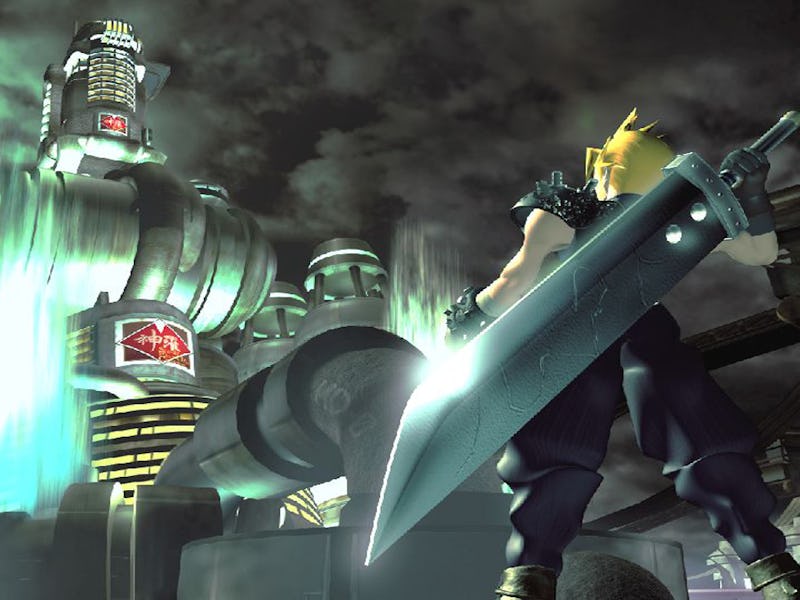Final Fantasy Creator Reveals How Cloud Strife Changed Video Games Forever
A turning point for the franchise.

Final Fantasy VII was a turning point for the long-running RPG franchise, propelling it to new heights of success and altering the genre for decades to come. According to series creator Hironobu Sakaguchi, the reason the game caught on in the West came down to its use of CG cutscenes.
Sakaguchi was part of a panel at Monaco Anime Game International Conferences 2023, along with Castlevania: Symphony of the Night creator Koji Igarashi. According to IGN, during the panel Sakaguchi commented on how FF7 caught on in the West, saying:
"At the time, people in the West saw pixel art and three-heads-high characters as something for children. It was frustrating that our games were struggling there, as we wanted to find a way to expand our business. That finally happened when we were able to incorporate CG for Final Fantasy VII."
The CG artwork and cutscenes instantly made FF7 feel distinct from the rest of the series, and its characters seemed more relatable because of it.
Only a handful of Final Fantasy games had been released in the West before FF7, while others were not released outside Japan until years later. But Final Fantasy VII caught on like wildfire, and it’s still the best-selling Final Fantasy game to date.
CG scenes were absolutely vital to FF7’s success, but there are two factors that play into that; marketing and how the scenes were used in-game. While Square had primarily worked with Nintendo on previous iterations, FF7 marked a massive shift as the company partnered with Sony and made it a PlayStation exclusive. This meant Sony was handling publishing duties in the West, and the company had so much confidence in FF7 that they allocated a $40 million marketing budget, the largest any game had ever had at the time.
Those gorgeous CG scenes were put to great effect in marketing, and as gaming at large was making the jump from 2D to 3D, it made Final Fantasy 7 look incredible. As a Paste article from 2017 points out, there was also an integral shift in the “tone” of the marketing, with FF7 taking a more dramatic grown-up angle, over the more overt silly approach that Sega and Nintendo had traditionally taken. These lavishly animated trailers for FF7 made the game feel momentous, like it was this big turning point as games “grew up” from pixel art to full 3D.
The CG cutscenes of FF7 let the marketing team run wild with ideas, like this ad featured in the September 1997 issue of Electronic Gaming Monthly.
FF7 didn’t disappoint on all that promise. Square designed its CG scenes as an in-game reward, interspersing them across key moments. They heighten the emotion and provide a gratifying sense of reward for overcoming a challenge.
Seeing Diamond Weapon destroy Midgar simply wouldn’t have had the same effect without the accompanying CG scene, and the same can be said for huge moments from later Final Fantasy games as well; the Gardens battle in FF8, the defense of Alexandria from FF9, storming the wedding in FFX, the list goes on.
Even Final Fantasy 7 Remake still adopts this philosophy with its CG, using a dazzlingly directed scene in the Shinra Building to explore the ancient race of the Cetra, which gives the moment more wonder and mystique.
The liberal use of CG let Final Fantasy stay on the “cutting edge” of graphical power, even if most of the in-game graphics weren’t necessarily breaking new ground. It was a play to dazzle consumers, and it paid off wildly in the end, helping to form the very identity of the modern Final Fantasy franchise.
At this point, CG cutscenes almost feel as integral to the Final Fantasy experience as Moogles and Chocobos. As the series has evolved so too has the way CG is used, from the astounding announcement trailers for each Final Fantasy XIV expansion to the utterly unforgettable ending of Final Fantasy XV.